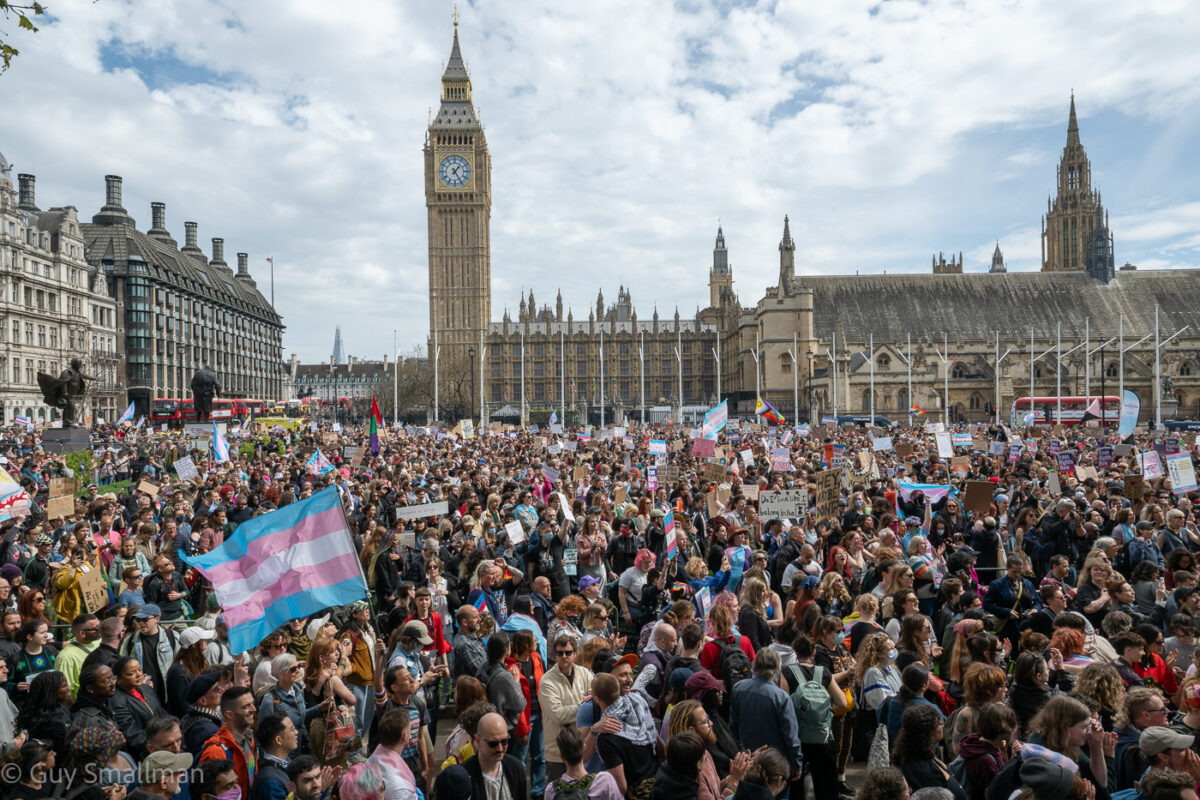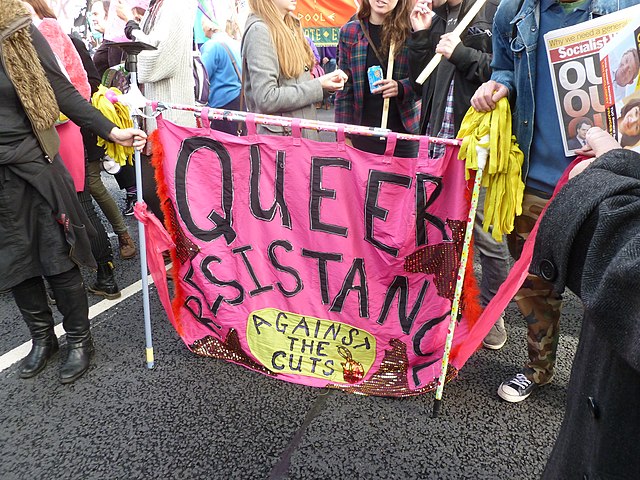Rebellious Daughters of History #4
by Judy Cox

Harriet Tubman (1822-1913): Emancipation and Liberation
Harriet Tubman was one of the greatest women to fight against slavery and women’s oppression. She will be familiar to many as a leader of the underground railway but this was only one chapter in her remarkable life.
Harriet was born a slave. She struggled with the effects of a head injury inflicted by a slave owner, she never learnt to read or write and spent her whole life in poverty.
Harriet was the most famous conductor of the Underground Railroad. In a decade she guided 100s of slaves to freedom. She also built a network of supporters.Tubman met John Brown in 1858, and helped him plan and recruit supporters for his 1859 raid on Harpers Ferry.
During the American Civil War, in 1861 Tubman volunteered to join the Massachusetts troop, the only African American among the white troops stationed at Fort Monroe. The fort was flooded with fugitives. Tubman worked as a nurse, cook and laundress.
In 1862 Tubman traveled to South Carolina to a hospital at Port Royal. Injured Soldiers were dying of illnesses like typhoid, cholera, malaria, yellow fever, chicken pox and dysentery. Tubman was knowledgeable in local roots to treat diseases; her healing powers became legendary among soldiers.
After the Emancipation Proclamation in 1863 black people were allowed to enroll in the military. Tubman lead a group of scouts to create lifelines and escape routes for trapped slaves.
On the night of June 2, 1863 Tubman guided a troop of 150 black soldiers of the Second South Carolina battalion on the Combahee River. The plan was to liberate as many slaves by catching slaveholders by surprise.
The attack became known as the Combahee River Raid and liberated more than 750 slaves. The first black feminists to develop intersectionality theory in the 1970s called themselves the Commager River Collective in memory of Tubman.
When the war was over in 1865 Harriet returned home to New York. A battle to get compensation for her services would last 30 years. Tubman joined the campaign for women’s right to vote. She toured New York, Boston and Washington speaking in favor of women’s suffrage rights.
She was especially interested in the rights of African American women. In 1896, she was the key speaker at the first meeting of the National Association of Afro-American women. She established the Harriet Tubman Home for the Elderly in 1908.

Alexandra Kollontai ‘heroine of Bolshevism’
Alexandra Kollontai (1872-1952) was a leading figure in the international socialist movement and most prominent female Bolshevik during the Russian Revolution. Born into aristocratic privilege, the Finnish-Russian Kollontai was a socialist orator and activist who travelled around Europe and America.
She was a member of the Mensheviks but responded to the horrors of the First World War by joining Lenin and the Bolsheviks. She was a very popular speaker and tireless activist, finding new ways to reach out to working class women. Kollontai supported Lenin’s calls for revolution in October 1917.
In 1918, the American periodical Current Opinion called her the “Heroine of the Bolsheviki upheaval in Petrograd” and announced its incredulous readers that “she holds a cabinet portfolio, dresses like a Parisian, and does not believe in marriage.”
After the October Revolution, Kollontai became the Commissar of Social Welfare and helped to found the Zhenotdel (the women’s section of the Party). She oversaw a wide variety of legal reforms and public policies to help liberate working women and to create the basis of a new socialist sexual morality.
When Stalin overthrew the Revolutionary regime, she was sent off to Norway to serve as the first Russian female ambassador (and only the third female ambassador in the world), beginning a long diplomatic career which culminated in her twice nomination for the Nobel Peace prize.
You can read more about kollontai in Emma Davis’s Rebel’s Guide to Alexandra Kollontai from Bookmarks. I wanted an excuse to share this spine-tingling recording of Kollontai speaking



